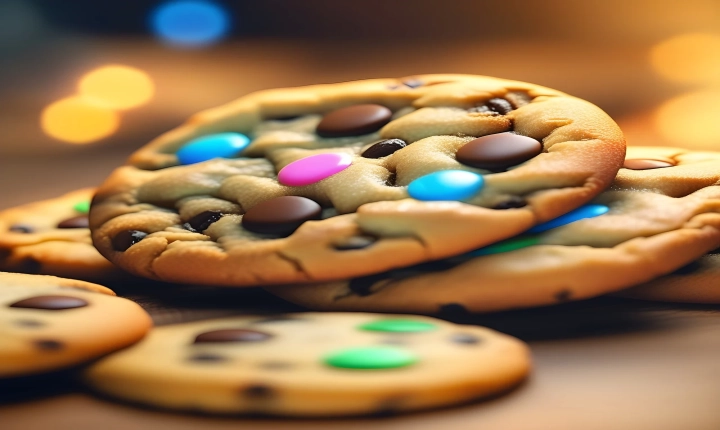How to Create AI Generated Pics
Artificial intelligence (AI) has continued to revolutionize the way we interact with technology and has significantly impacted the way we create art. One of the most fascinating applications of AI in the art world is the generation of realistic and captivating images using AI algorithms. These AI-generated images, often referred to as “AI art” or “deep dream” images, have gained popularity due to their unique and mesmerizing nature. In this article, we will explore the basics of creating AI-generated pics and the tools that can be used to achieve this.
Understanding the Basics of AI-Generated Pics
The process of creating AI-generated pics involves training a machine learning model on a large dataset of images and then using the trained model to generate new, original images. This process is known as “generative modeling” and has been a major focus of research in the field of AI. Generative models, such as Generative Adversarial Networks (GANs) and Variational Autoencoders (VAEs), have been at the forefront of AI art generation.
The basic idea behind generative modeling is to teach a machine learning model to understand the underlying structure and features of a set of images and then generate new images that share similar characteristics. This process involves a training phase where the model is exposed to a large number of images and learns to capture their visual patterns and features. Once trained, the model can then be used to generate new images by sampling from the learned distribution of image features.
Tools for Creating AI-Generated Pics
Several tools and libraries are available for creating AI-generated pics, making it accessible to both beginners and experienced developers. Some popular tools include:
1. TensorFlow: TensorFlow is an open-source machine learning library developed by Google that provides a comprehensive ecosystem for building and training machine learning models, including generative models for image generation.
2. PyTorch: PyTorch is another popular open-source machine learning library that offers a flexible and dynamic approach to building and training deep learning models, making it suitable for generative modeling tasks.
3. DeepArt.io: DeepArt.io is an online platform that allows users to upload their images and apply various AI art styles to create unique and captivating AI-generated pics.
4. RunwayML: RunwayML is a desktop application that provides a user-friendly interface for creating AI-generated content, including images, videos, and music, using pre-trained models and custom training options.
Creating AI-Generated Pics Step by Step
Here’s a step-by-step guide to creating AI-generated pics using TensorFlow:
Step 1: Install TensorFlow and required libraries on your computer.
Step 2: Choose a dataset of images to train your generative model. This dataset can be a collection of stock photos, images from a specific art style, or any set of images you find visually appealing.
Step 3: Preprocess and prepare the dataset for training, ensuring that the images are normalized and loaded into a format compatible with the generative model.
Step 4: Define and train a generative model using TensorFlow, such as a GAN or VAE, on the prepared dataset. This step involves setting up the model architecture, optimizing the training parameters, and monitoring the training process.
Step 5: Once the model is trained, you can use it to generate new images by feeding random input vectors into the generator part of the model and observing the output images produced by the model.
Step 6: Experiment with different input vectors and model configurations to explore the diversity of images that can be generated by the trained model.
Conclusion
Creating AI-generated pics opens up a world of possibilities for artists, designers, and technology enthusiasts to explore new forms of visual expression. The combination of advanced generative modeling techniques and powerful machine learning libraries has made it easier than ever to create stunning and thought-provoking AI-generated images. As the field of AI art continues to evolve, we can expect to see even more exciting advancements in the realm of generative modeling and its applications in art and design. Whether you are a seasoned developer or a curious creative, experimenting with AI-generated pics can be a rewarding and enriching experience.
